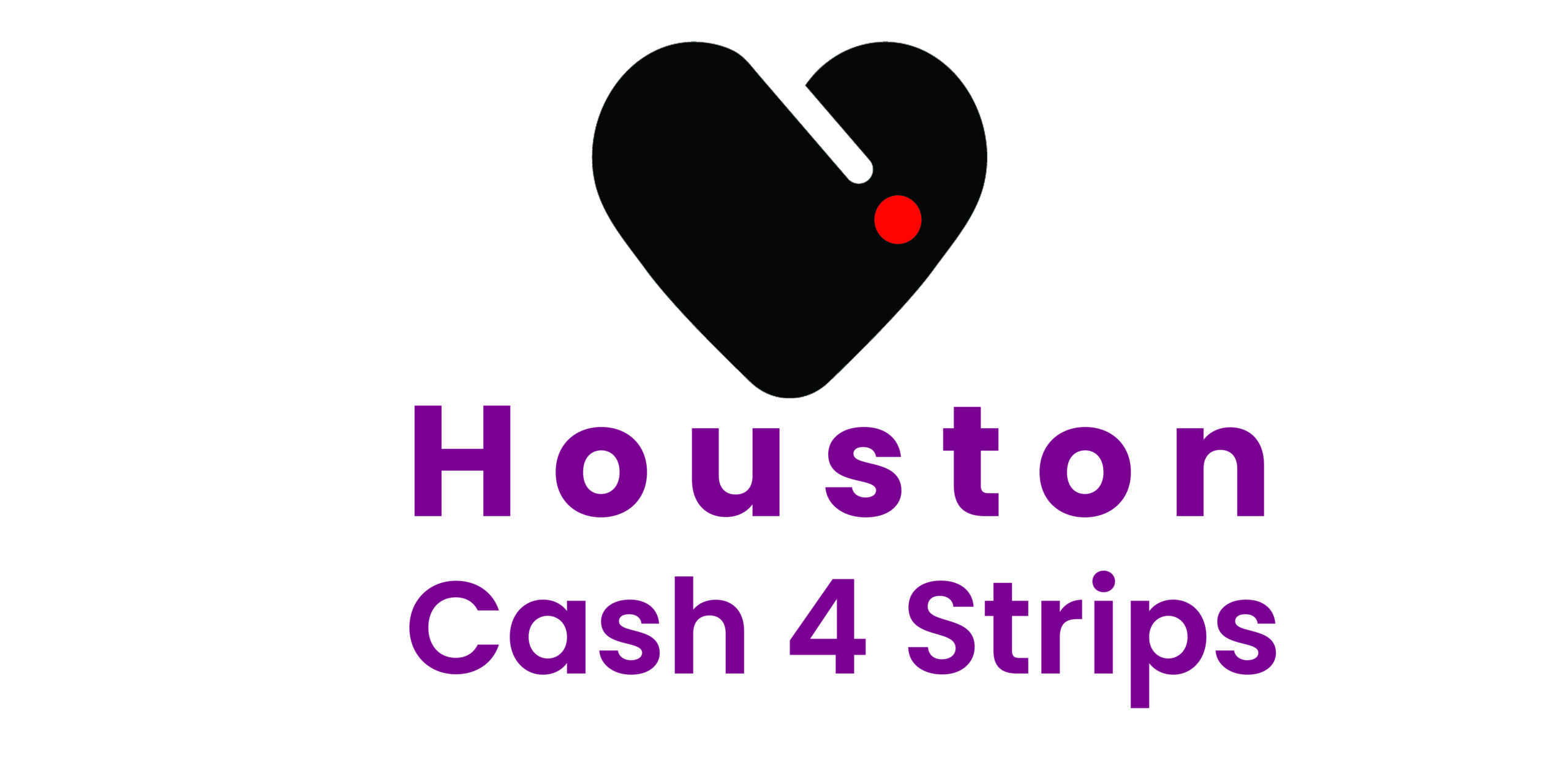In much of the English-speaking world, mashed potatoes are a favorite comfort food. An accompaniment to meat dishes at family gatherings, they became associated with love and belonging, and it was not for nothing that they were devoured by soldiers and travelers far from home. But if you have type 2 diabetes, mashed potatoes can harm your blood sugar control.
The first thing to know about this style of baked potato is that all potatoes are not created equal when it comes to their effects on blood sugar. Instant mashed potatoes, for example, have a glycemic index of 110. They actually release glucose into your bloodstream faster than table sugar, which has a glycemic index of 100. can keep up with the glucose load released by two, three, or more servings of instant mashed potatoes.
Peeling Red Russet potatoes, steaming them, and mashing them, however, results in a mashed potato with a glycemic index of 86. And serving them cold rather than hot results in more slow release of glucose into your bloodstream, with a glycemic index. of 58. Adding a drop or two of milk, or butter to Red Russets brings the glycemic index to 50.
Blood sugar will decrease if mashed potatoes are made from scratch, if they contain a little extra fat, and if they are not eaten warm. Your body still needs to make insulin to cover the release of sugars, but when mashed potatoes are homemade, insulin needn’t be found as easily.
If you cook yourself…and every type 2 diabetic should…you can use other vegetables instead of potatoes for the mash. Rutabagas, turnips, and cauliflower all make good mash, with less than half the carbohydrate of potatoes. If your cauliflower tastes like cabbage, add a whole walnut to the cooking water while you boil the vegetable. The cabbage-like smell goes into the walnut shell. Be sure to remove the walnuts before mashing.
Another option for potatoes after boiling, is to allow them to cool, dice and turn it into potato salad. By adding vinegar to it you lower the glycemic index and, when eaten, becomes glucose more slowly … thus providing a lower blood sugar and insulin response. Using new potatoes again helps with a low glycemic index.
